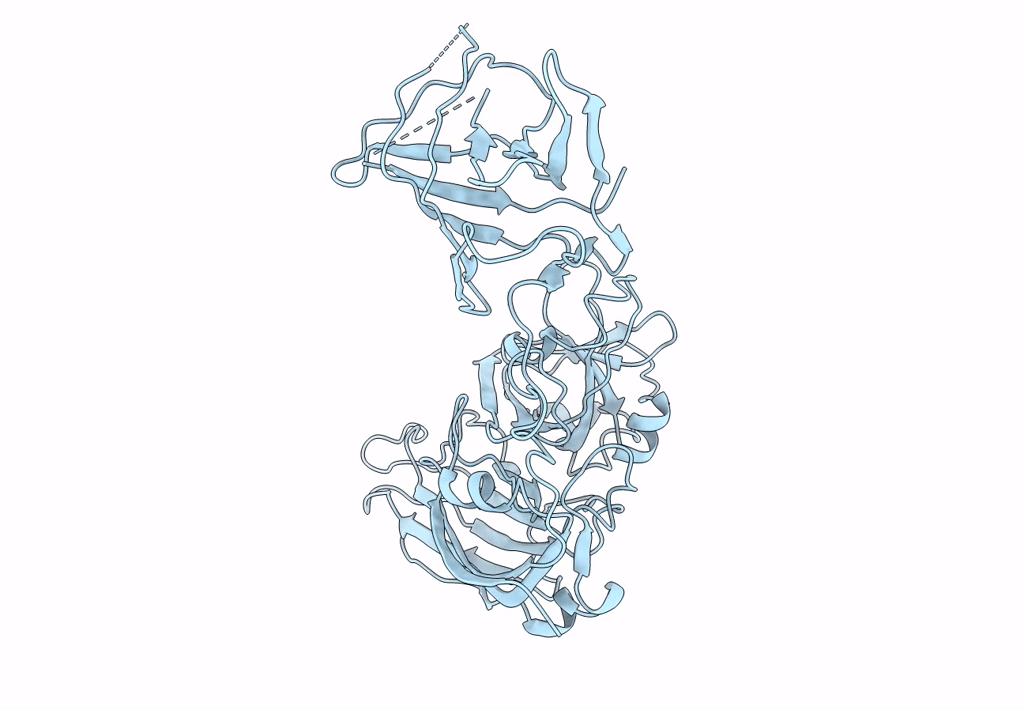
Deposition Date
2019-11-13
Release Date
2019-12-04
Last Version Date
2025-07-02
Method Details:
Experimental Method:
Resolution:
3.40 Å
Aggregation State:
PARTICLE
Reconstruction Method:
SINGLE PARTICLE


